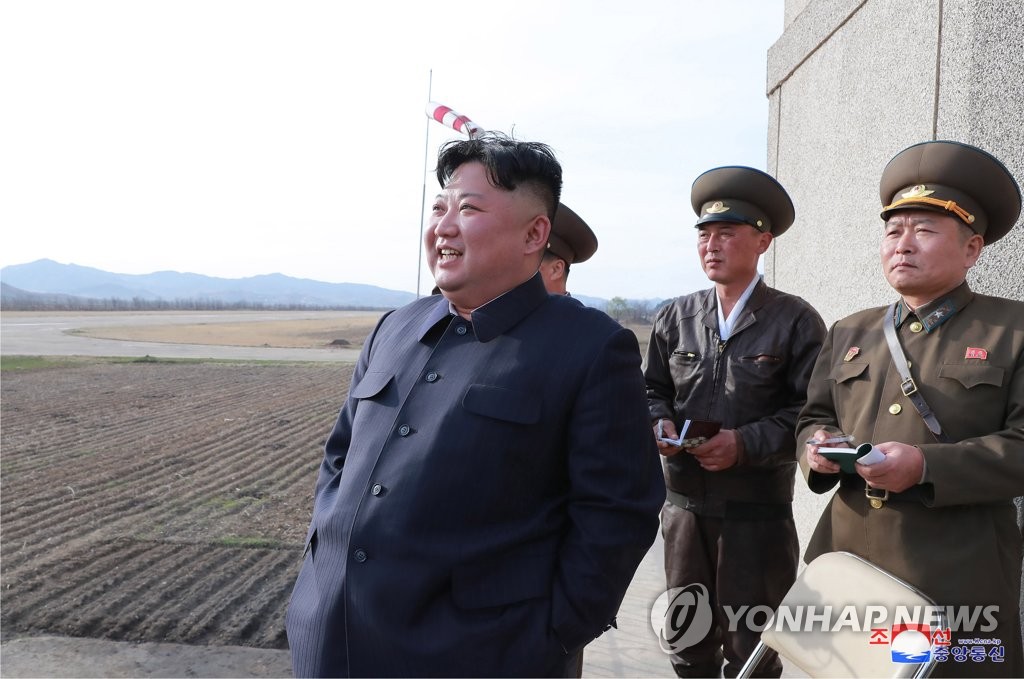So far we know: We know it’s 4 Vessels, one Norwegian, and 2 Saudi. So, we are waiting on the EOD teams’ reports. Limpets are not really meant to sink a ship but rather interrupt maritime traffic either by causing leaks or destroying the rudder system(s).
• US Aiding #UAE w Investigation • Coast Guard: Exercise Caution • State Dept & UAE gov tight-lipped •Fmr US Amb.: Extremely Worrisome • @Ryan_Bohl : Could beef up US presence in region.

Iran?
En route from Burgas via Haydarpaşa to #Misurata #Libya, Iran flag container ship Azargoun diverts from destination and waits 50nm east of Malta. ??? pic.twitter.com/G2ttrgCNLE
— Yörük Işık (@YorukIsik) May 13, 2019
The landing platform dock amphibious ship USS Arlington has also been dispatched to the region along with at least one Patriot missile battery. F-15Cs from RAF Lakenheath also showed up in the area late last week, although we still don’t know if their arrival was long-planned. Then again, it seems most of this was already scheduled to some degree, but portions of it were pushed forward due to the intelligence about potential pending Iranian aggression which remains nebulous at best, at least in terms of what the public has been told.
As for the attacks on the tankers, the New York Times states that Saudi Energy Minister Khalid al-Falih said the two tankers suffered “significant damage” from the incidents, but they did not result in a major release of oil into the sea. One of the ships was supposedly on its way to pick up oil from Saudi Arabia and deliver it to the United States. The attacks occurred off of UAE’s Fujairah Emirate, one of the biggest bunkering locales for ships in the entire region.


Second Video from #Fujairah incident shows damage to 1/2 Saudi oil tankers Al Marzoqah. Earlier video showed Norwegian vessel damaged. 4 vessels affected near #UAE: pic.twitter.com/It1KFMr4si
— Joyce Karam (@Joyce_Karam) May 13, 2019



 North Korean leader Kim Jong-un inspects a flight drill of the North’s Air and Anti-aircraft Force on April 17, 2019, in this photo released by the Korean Central News Agency on April 18. As is customary, the agency didn’t provide the location. (For Use Only in the Republic of Korea. No Redistribution) (Yonhap)
North Korean leader Kim Jong-un inspects a flight drill of the North’s Air and Anti-aircraft Force on April 17, 2019, in this photo released by the Korean Central News Agency on April 18. As is customary, the agency didn’t provide the location. (For Use Only in the Republic of Korea. No Redistribution) (Yonhap)